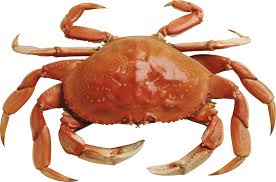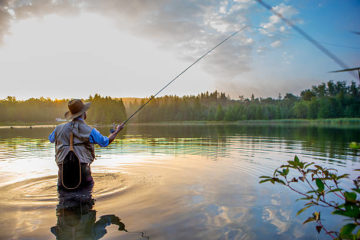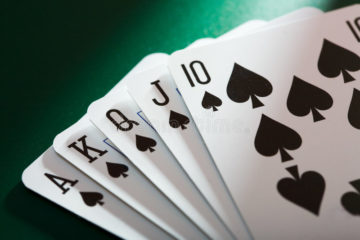Crabbing And Clamming In Delaware

by Joseph Parish Otherarticles.com
As of 2008 all citizens of Delaware are required to have a fishing license in order to catch crabs within the state waters. The blue crab is the most common crab found within our tidal water region. Not only is this marine species an excellent recreational activity, but provides a sizeable economic boost to the state of Delaware.
Blue crabs tend to grow quickly and will reach maturity in as little as 12 months while most blue crabs fail to live longer than two years. The process of growing is unique for the blue crab and offers an interesting insight into the life cycle of these shellfish. To grow a blue crab must shed its current shell and create a new one. A crab may repeat this procedure up to 18 times before attaining its maximum length.
In the State of Delaware, a crabber may take crabs legally at one of three different stages. Usually a crab should be a specific size prior to removing it from its habitat. This length is usually measured from one point of the top shell to the other point. Females or sooks are identified by a round apron on the underside. Once this point is reached in the life cycle of the female all growth comes to a halt. Since many times the females fail to reach the suggested five inches in length the minimum legal size has been dropped. Females, which are bearing eggs are known as sponge crabs and may not legally be taken, but rather should be immediately returned to the water.
Here in Delaware the recreational crabber may employ two crab pots. These pots should clearly be marked with an all-white buoy containing the owner’s name and mailing address. It’s important that if you place a crab pot in the water that you attend to it at least every 72 hours. During December 1 and February 28, the crabber must remove all crab pots from the water. If you are a recreational crabber you may legally use a trot line and an unlimited number of hand lines or traps. Keep in mind that the daily limit on blue crabs is one bushel of crabs per person.
Now let’s talk about clams. Here in Delaware you will need to have a valid fishing license to harvest clams within the state as well. It is considered unlawful to attempt to catch any hard-shelled clam with any other device other than a handheld clam rake. The head of the rake should be no wider than 14 inches and have a straight handle not more than seven feet in length. Times of harvest are strictly enforced in Delaware and prohibit harvesting from one half hour after sunset through one-half hour prior to sunrise. You may not harvest more than 100 clams daily. The minimum hard clam size for harvesting in Delaware is 1 1/2 inches across the shell.
Both of these marine life, creatures could provide nourishment for a survivalist and his family in emergencies. Take some time and learn the basics and get your skills developed properly. You never know when you will need to use what you learn. The State of Delaware parks offers inexpensive training in both catching crabs and in clamming so be sure to check it out.
Visit me at www.wordwriter.info







No Comment